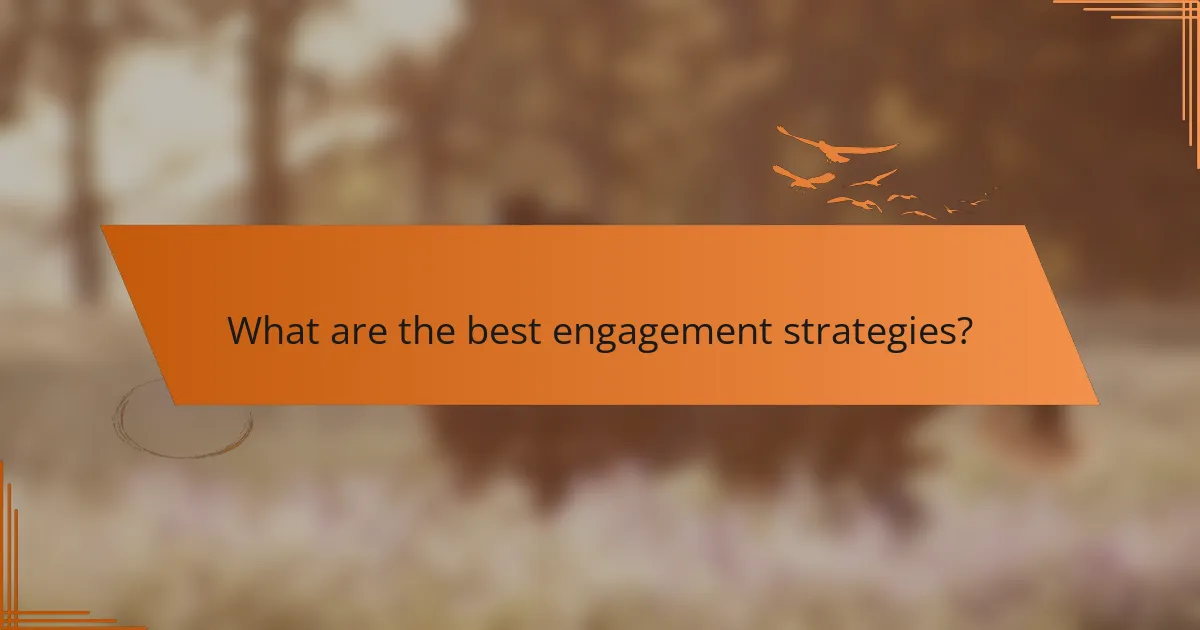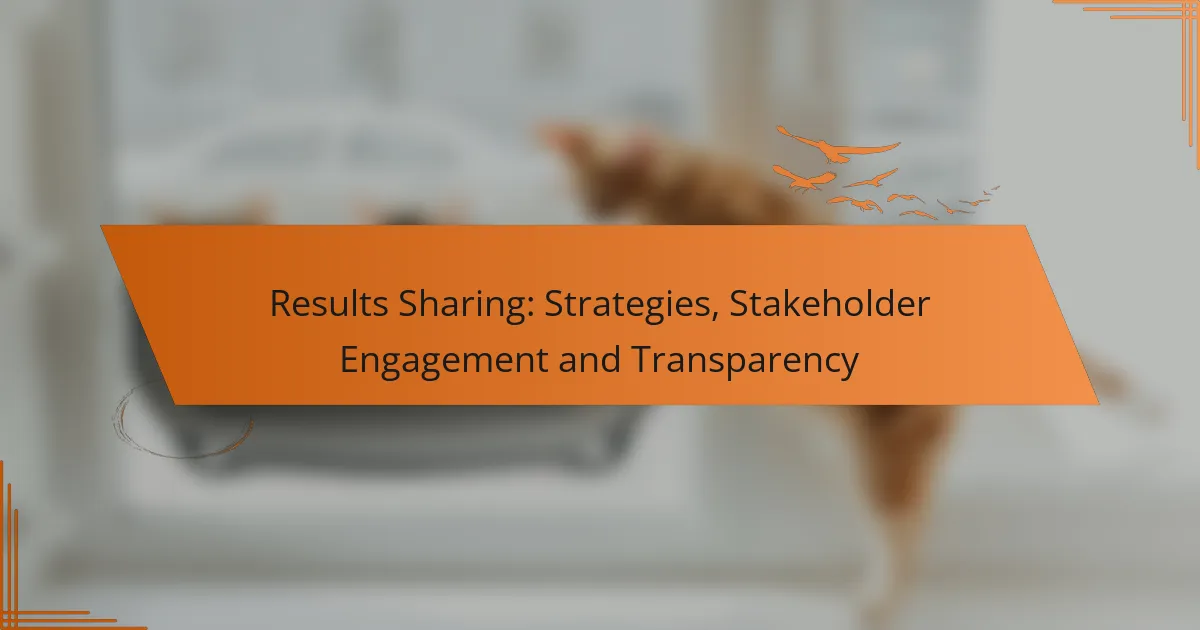Success metrics such as attendance, engagement, and donations are crucial for evaluating the effectiveness of events. By analyzing attendance data from ticket sales and registrations, organizations can gauge participation levels. Enhancing engagement through interactive experiences not only fosters connection but also encourages increased donations, making it essential to implement effective strategies for maximizing impact.

How to measure attendance effectively?
Measuring attendance effectively involves collecting and analyzing data from various sources to understand participation levels. This can include ticket sales, registration numbers, and on-site check-ins, providing a comprehensive view of how many people attended an event.
Utilizing ticket sales data
Ticket sales data is a primary indicator of attendance, reflecting the number of individuals who purchased tickets for an event. Analyzing this data can help identify trends, such as peak sales periods or demographic preferences, which can inform future marketing strategies.
Consider tracking both pre-event and at-the-door sales to gauge overall interest and last-minute attendance. For example, a significant difference between these figures may indicate a need for improved marketing or outreach efforts.
Tracking registration metrics
Registration metrics provide insights into the number of attendees who have committed to attending an event, often before ticket sales. This can include online registrations, RSVPs, or sign-ups for free events.
Monitoring registration trends can help in planning logistics, such as seating arrangements and catering needs. Aim for a registration-to-attendance conversion rate of around 70-80% to ensure effective event management.
Implementing check-in systems
Check-in systems streamline the process of recording attendance as participants arrive. Utilizing digital check-in methods, such as QR codes or mobile apps, can enhance accuracy and speed, reducing wait times for attendees.
Ensure that your check-in system integrates with your ticketing and registration platforms for seamless data collection. Regularly review check-in data to identify patterns and improve future event planning.
Analyzing foot traffic
Foot traffic analysis involves measuring the number of people present at various locations within an event venue. This data can be gathered through manual counting, electronic sensors, or mobile tracking technologies.
Understanding foot traffic patterns can help optimize layout and signage, enhancing attendee experience. For instance, high traffic areas may benefit from additional resources or staff to manage crowds effectively.

What are the best engagement strategies?
The best engagement strategies focus on creating interactive and personalized experiences that foster participation and connection. By utilizing methods such as workshops, live polling, social media, and tailored communication, organizations can enhance attendance and boost donations.
Interactive workshops
Interactive workshops allow participants to engage directly with the content and each other, fostering a sense of community. These sessions can include hands-on activities, discussions, and collaborative projects that encourage attendees to share their insights and experiences.
When planning workshops, consider the group size and the venue layout to ensure everyone can participate comfortably. Aim for a mix of formats, such as small group discussions and larger presentations, to cater to different learning styles.
Live polling and Q&A sessions
Live polling and Q&A sessions are effective tools for gauging audience opinions and encouraging real-time interaction. These methods can be implemented during events or webinars, allowing participants to voice their thoughts and ask questions directly.
To maximize engagement, use platforms that allow anonymous responses, which can lead to more honest feedback. Keep polls short and focused, and ensure that Q&A sessions are well-moderated to address as many questions as possible.
Social media integration
Integrating social media into your engagement strategy can significantly enhance visibility and participation. Encourage attendees to share their experiences on platforms like Facebook, Twitter, and Instagram, using event-specific hashtags to create a sense of community online.
Consider live-streaming parts of your event or posting updates and highlights in real-time. This not only keeps remote followers engaged but also creates a buzz that can attract new attendees for future events.
Personalized communication
Personalized communication helps build stronger connections with your audience by addressing their specific interests and needs. Use data from past interactions to tailor messages, whether through email campaigns or direct outreach.
Segment your audience based on their preferences and behaviors, and craft messages that resonate with each group. Avoid generic communications; instead, aim for a conversational tone that makes recipients feel valued and understood.

How to increase donations during events?
To increase donations during events, focus on creating engaging experiences that encourage attendees to contribute. This can be achieved through tiered donation options, compelling storytelling, matching gifts, and effective donation technology.
Offering tiered donation options
Tiered donation options allow attendees to choose from various contribution levels, making it easier for them to participate. For instance, you might offer levels such as $10, $25, $50, and $100, each with distinct benefits or recognition. This approach caters to different financial capabilities and encourages higher contributions.
Consider providing incentives for higher tiers, such as exclusive merchandise or special acknowledgments during the event. This can motivate attendees to give more than they initially planned.
Creating compelling storytelling
Compelling storytelling can significantly enhance emotional connections and drive donations. Share impactful stories about the cause, showcasing real-life examples of how contributions make a difference. Use visuals, videos, or testimonials to illustrate the impact of donations.
Engage your audience by framing the narrative around their potential role in creating change. Highlight specific outcomes that donations can achieve, making it clear how their support directly benefits the cause.
Utilizing matching gifts
Matching gifts can double or even triple the impact of individual donations, encouraging attendees to give more. Many employers offer matching gift programs, so inform attendees about this possibility and provide easy access to the necessary forms or links.
Promote matching gifts during the event by sharing success stories of past contributions that were matched. This can inspire attendees to check with their employers and maximize their donations.
Implementing donation technology
Using donation technology can streamline the giving process and enhance the attendee experience. Consider mobile-friendly platforms that allow for quick and easy donations via smartphones or tablets during the event.
Incorporate features such as QR codes for instant access to donation pages or text-to-give options. Ensure that the technology is user-friendly and provides a seamless experience to encourage more contributions.

What metrics should be tracked for success?
To measure success effectively, organizations should track attendance rates, engagement levels, donation amounts, and participant feedback. These metrics provide insights into how well an event or initiative is performing and highlight areas for improvement.
Attendance rates
Attendance rates indicate how many participants showed up compared to the number expected. Tracking this metric helps assess the effectiveness of marketing efforts and overall interest in the event. Aim for a turnout rate of at least 60-80% for most events to consider them successful.
To improve attendance, consider sending reminders, offering incentives, or adjusting the timing to better suit your audience. Analyzing attendance patterns can also help in planning future events.
Engagement levels
Engagement levels measure how actively participants interact during an event or initiative. This can include participation in discussions, activities, or social media interactions. High engagement often correlates with greater satisfaction and retention.
To gauge engagement, use tools like polls, surveys, or social media analytics. Aim for at least 50% of attendees to participate in interactive elements to ensure a dynamic experience.
Donation amounts
Donation amounts reflect the financial support received from participants or supporters. Tracking this metric helps organizations understand their fundraising success and the willingness of their audience to contribute. Establishing a baseline from previous events can provide a target for future fundraising efforts.
Consider offering tiered donation options or matching contributions to encourage higher giving. Regularly communicate the impact of donations to foster ongoing support.
Participant feedback
Participant feedback provides qualitative insights into the experience of attendees. Collecting this information through surveys or informal discussions can highlight strengths and areas for improvement. Aim for a feedback response rate of at least 30% to ensure a representative sample.
Use open-ended questions to gather detailed insights and consider implementing changes based on the feedback received. Regularly reviewing participant feedback can enhance future events and strengthen community relationships.

What are the prerequisites for successful events?
Successful events require careful planning and clear metrics to measure their effectiveness. Key prerequisites include defining objectives, understanding your audience, and establishing methods for tracking attendance, engagement, and donations.
Clear objectives and goals
Establishing clear objectives and goals is essential for guiding the planning and execution of an event. These objectives should be specific, measurable, achievable, relevant, and time-bound (SMART), allowing you to assess success effectively.
For example, if your goal is to increase attendance, aim for a specific percentage increase compared to previous events. If fundraising is a priority, set a target amount for donations that aligns with your overall mission.
Regularly review these objectives throughout the planning process to ensure they remain relevant and adjust them as necessary based on feedback and changing circumstances. This proactive approach helps maintain focus and drive towards achieving desired outcomes.



